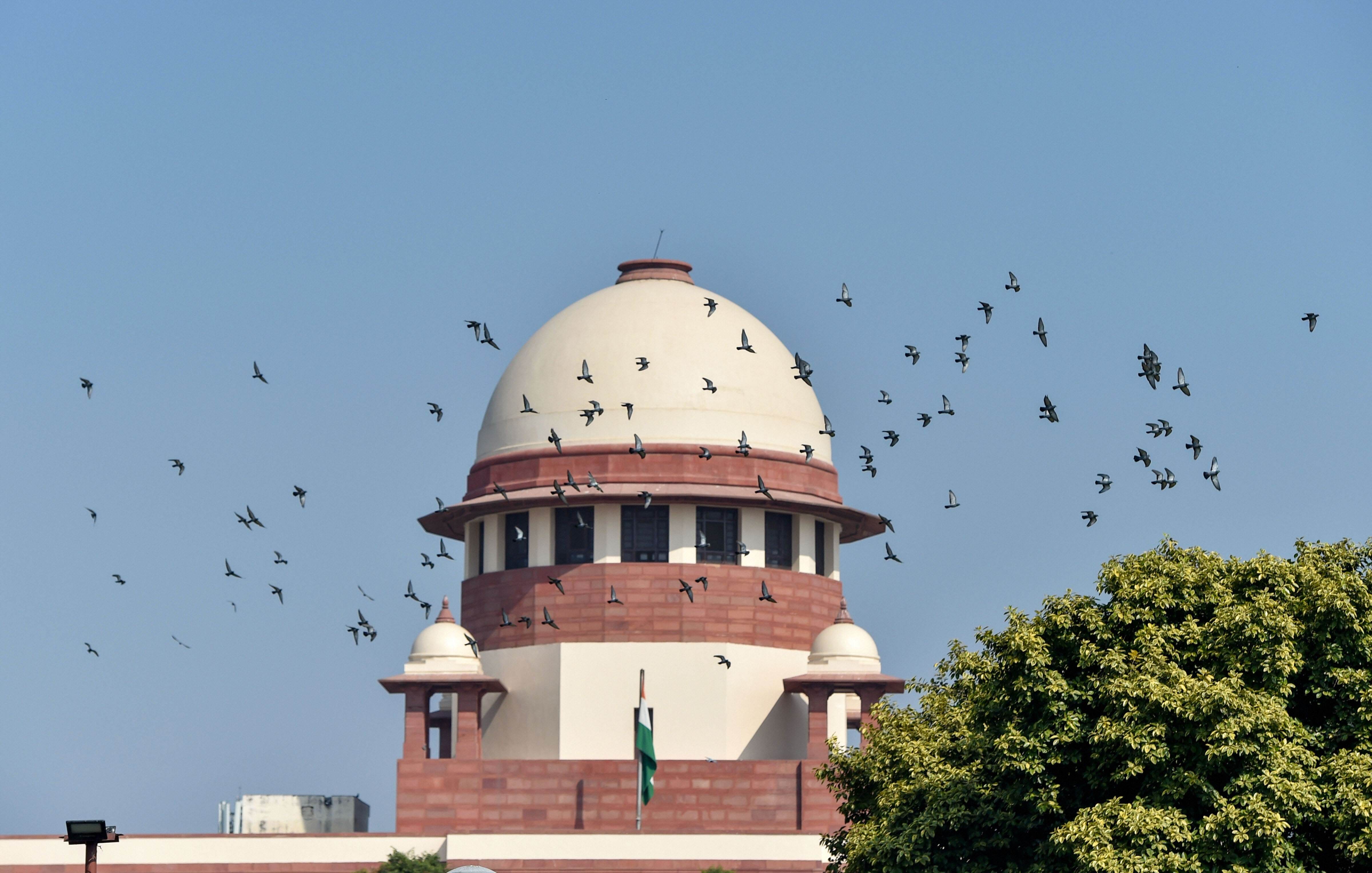Disturbing ambiguities

The Supreme Court has questioned the 'uniformity' of pensions provided under one rank one pension (OROP) scheme, and asked the Additional Solicitor General to file an affidavit by February 23 giving clarification on certain questions. The court was hearing a petition filed by the Ex-Servicemen Movement seeking the implementation of OROP. The scheme was launched by the Central government in 2014 in response to the longstanding demands of ex-servicemen to ensure uniform pensions for defense officials who retire in the same rank with the same length of service. This was indeed a welcome move by the government but has left certain ambiguities that continue to be a point of contention between the beneficiaries and the government. It may be recalled that ex-servicemen have been protesting against the OROP scheme since the time of its implementation itself. Their main grievance is that OROP, contrary to its name, defies the purpose of uniform pensions to retired defense servicemen. They have been highlighting the discrepancy between the pensions of servicemen who retired in 2014 and the pensions of those retired before that. The difference between the pensions of former servicemen of the same rank has come on account of Modified Assured Career Progression. MACP is a scheme that chronologically precedes OROP. It allows salary hikes of servicemen who couldn't be promoted over decades. Appearing for the petitioners, when Advocate Huzefa Ahmadi presented a tabular comparison between the pensions of servicemen retired in 2014 and that of servicemen retired earlier, ASG N Venkataraman termed it as a comparison between non comparable elements, saying that one "cannot compare oranges and apples and make distinctions. They (petitioners) want MACP to be badged with non MACP & get the same scale." He added that the pay scale within the same rank may vary on account of MACP. It appears that servicemen associated with the MACP scheme are accorded higher priority in terms of payment on the basis that they couldn't be promoted despite their promotion being due. While this argument may hold merit and is better left to the court's scrutiny, the ambiguities are indeed worrying. In fact, the bench comprising Justices DY Chandrachud, Surya Kant and Vikram Nath pointed out the lack of 'statutory definition' of OROP and termed it to be "violative of Article 14 of the Indian Constitution". This appears to be the root of contention; there is a lack of clarity over the set of beneficiaries and the benefits they are entitled to. Responding to the question of statutory definition, ASG clarified that "it's a policy decision and it's neither a legislation or a delegated legislation. Minutes, statements and inter-ministerial discussions do not become the force of law". But what about the discontentment of the ex-servicemen? Are they to be left as such in a state of confusion? It is disturbing that even after the passing of eight years of the launching of OROP, such ambiguities exist. The Supreme Court has asked the ASG to file an affidavit showing the number of personnel who have been granted MACP as the total proportion of various ranks, number of personnel who have been granted 1st, 2nd ACP, among other things. The apex court also sought a prospective estimate of financial outlay of the government, if directions for factoring MACP for OROP are issued. On the question of exclusion in the policy for MACP benefits, ASG convincingly remarked that he could "prove conclusively that it was not (excluded)." Essentially, the Supreme Court has decided to take a serious note of the issue to find answers to the lingering questions in this regard. One will have to wait and watch with what clarification the government comes up with at the February 23 hearing. A convincing response is expected that will lay down the linkages and divergences between OROP and MACP in the clearest terms. Notably, as per an address by the Prime Minister in 2020, the government had distributed Rs 10,795 crore among over 20 lakh ex-servicemen. With a yearly recurring expenditure of Rs 7,132 crore, the government had spent an overall sum of Rs 43,000 crore at that point in time. OROP was a much-awaited scheme and has been doing fairly well since its inception. There are some concerning issues around it that need to be fixed by the earliest.



